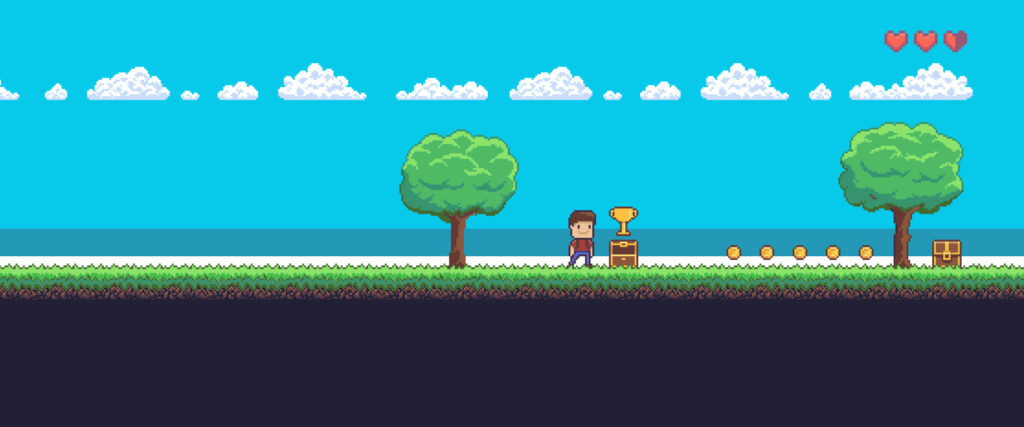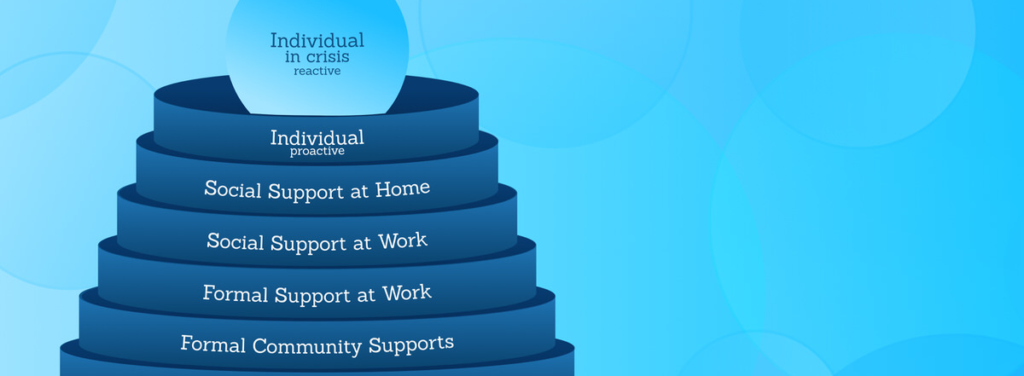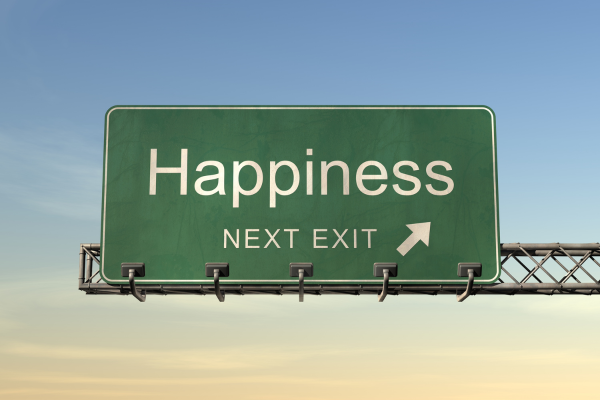2024-04-29 18:00:00
Live
Actionable gamification strategies for health and wellness brands

Upcoming Events
2024-05-10 08:45:00
CMO Roundtable:Unlocking Brand Potential with Generative AI
2024-05-16 18:00:00
Stories from Stellar Networkers: a Tech Runs Boston Event
Share


